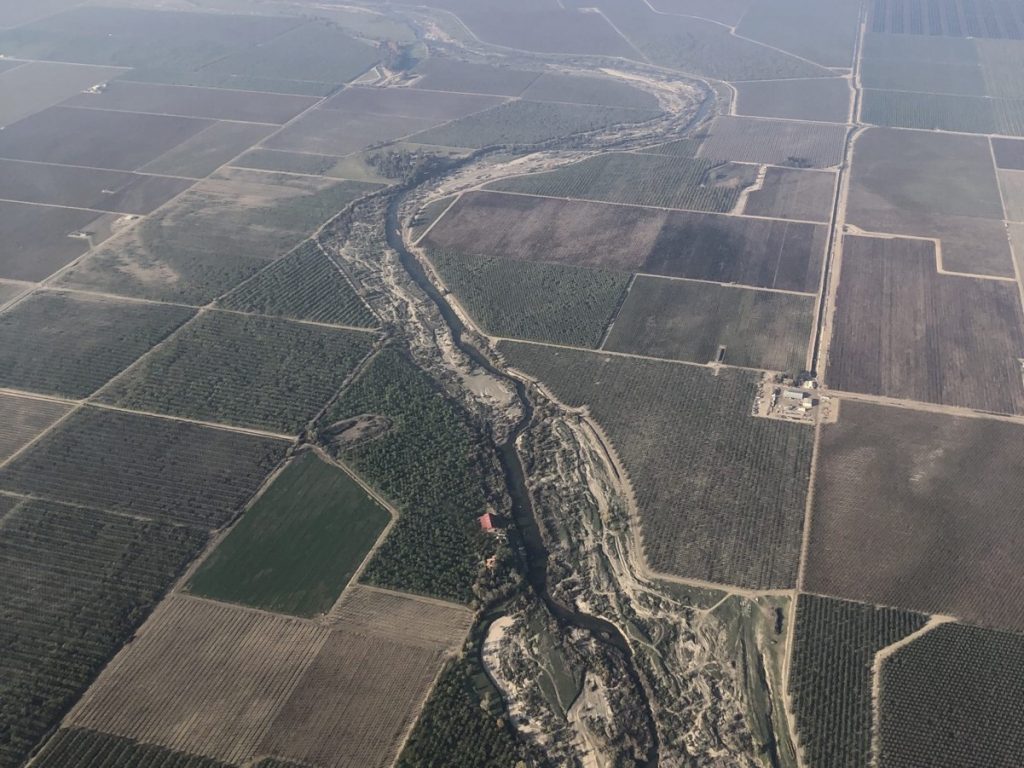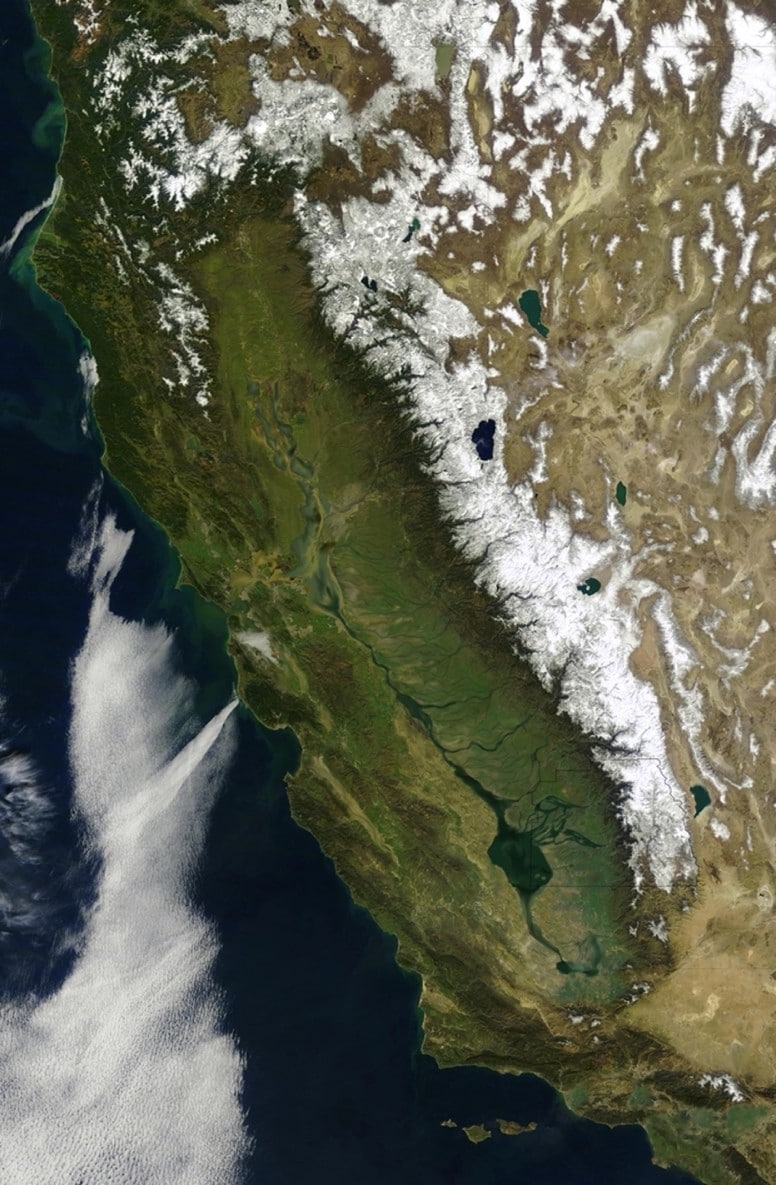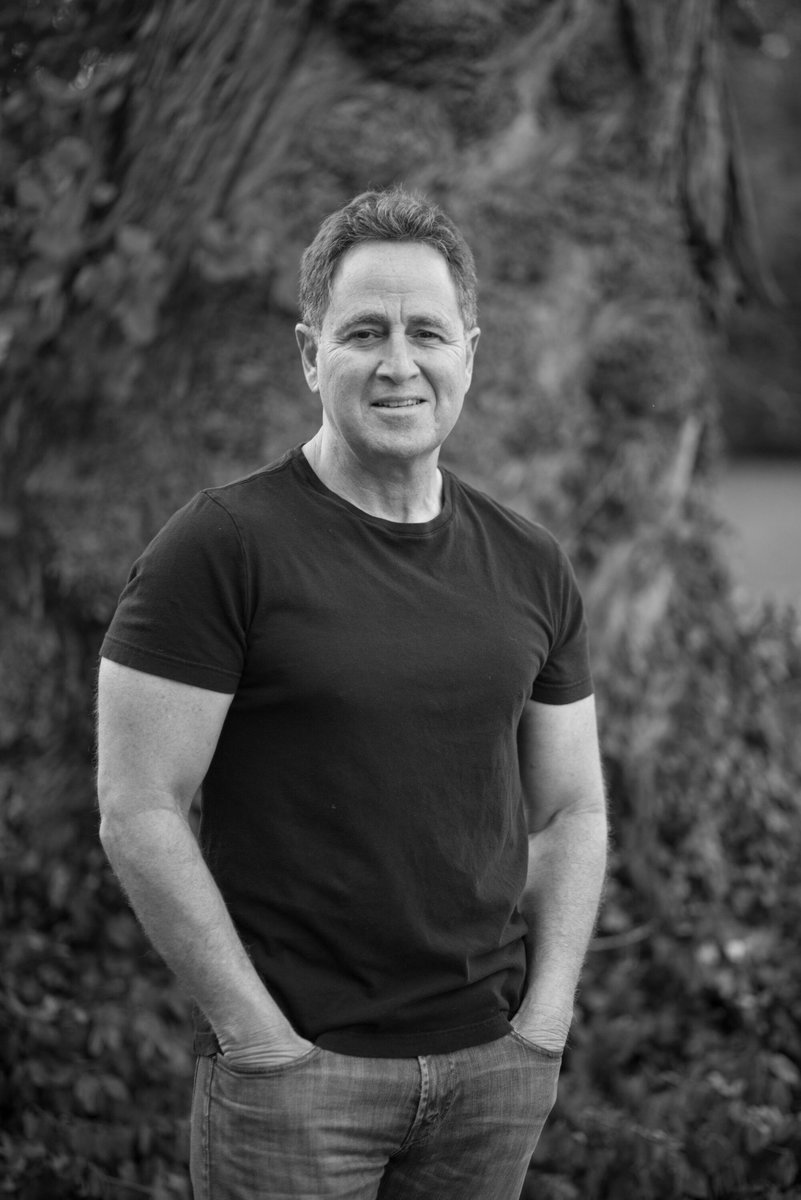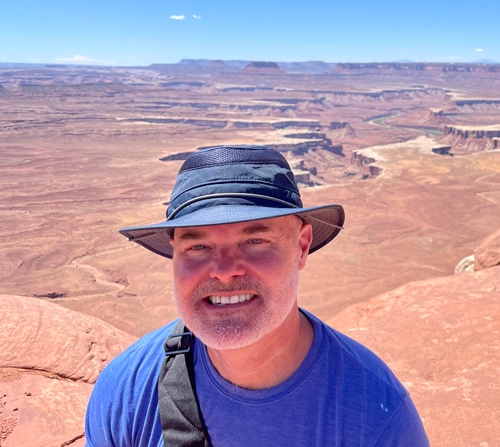In this episode, host Sarah Thorne and Todd Bridges, Senior Research Scientist for Environmental Science with the U.S. Army Corps of Engineers and the National Lead of the Engineering With Nature® Program, continue the discussion with Mark Arax, author of The Dreamt Land. In Episode 8 we discussed Mark’s book about the history of California and “the great water experiment,” much of which has taken place in the San Joaquin Valley over the past 100 years. Today, the Valley, the most productive agricultural region in the world, is running out of water due to a combination of climate change, expansion of agriculture, urban development, and a century of trying to control nature. How this system can be rebalanced is where we start the conversation.
According to Mark, “Water becomes a metaphor to tell the story of California itself—the Golden State, the myth, the place where so many people have come to reinvent themselves”. Both Mark and Todd grew up in the San Joaquin Valley, where their grandparents came to start a new life. Mark’s grandfather fled the Armenian genocide in the 1920s: “As the train was chugging into the Valley, he said, ‘It looks just like the old land.’ It might have looked like the old land on the surface, but it turned out to be something quite different. So, the book is a kind of memoir—an exploration of place, people, and family.” Todd’s grandparents came to California in the tumultuous 1930s as part of the migration caused by the dust bowl in the Midwest and Southern Plains.
Climate continues to shape California, as Todd notes, “swinging from wet to dry, wet to dry, and those swings are becoming more extreme. The Valley now is basically a human creation with the exclusion of nature, bringing consequences in terms of an unbalanced condition. If, with Engineering With Nature, we can reintroduce the ‘natural’ back into the system, we can help support and achieve a rebalancing.”

Examples of rebalancing are underway. On his recent visit to the San Joaquin River National Wildlife Refuge near Modesto, California, Todd saw how the 7,000 acre refuge is being restored “to what it looked like back in 1772 when Pedro Fegas first visited that portion of the State.” Wetlands and rivers are coming together to store flood waters and, at the same time, contribute to recharging groundwater. He adds, “It’s landscape features like that, reintroduced into the network of agriculture, that can support the rebalancing of the system, which is necessary to sustain the Valley and the people within the Valley.”

Restoring California’s natural systems will be challenging. Mark comments that “while California is one of the most progressive states in many respects, it is one of the last to regulate the extraction of groundwater. It took us 175 years of development before we decided that people living on the land could not just dig a well and extract to their heart’s delight.” In 2014, California passed the Sustainable Groundwater Management Act (SGMA), which requires watershed basins to have a plan by 2034 to avoid drawing out more water than nature replenishes. Mark adds, “This is going to be a huge kind of correction. The ground is sinking so much water is coming out. To come to a sustainable equation is going to require the fallowing of a million and a half acres in the San Joaquin Valley alone. But this does open up new opportunities. What do you put on that land? Do you put millions of solar panels to capture the sun and create energy? Do you let a portion of those rivers run wild again? Do you bring back the salmon runs that have gone nearly extinct?”

From Todd’s perspective, “Rebalancing is hard because it involves not just the individual, but collective action. It’s going to involve some pain because there’s no pain-free change, especially change on a large scale. People and institutions must have time to adjust. Ultimately rebalancing should deliver a future for California, and for the San Joaquin Valley, which is even better, brighter.” His vision for the future involves “a network of natural features—like the San Joaquin River National Wildlife Refuge—restored into the Valley that allow and support groundwater recharge and provide all the social value and equity those kinds of spaces can provide.” Mark and Todd discuss the possibility of restoring some portion of Tulare Lake, the now extinct California lake that used to cover more than 800 square miles in wet years. It was drained in the 1920s as part of the transformation of the Valley into an agricultural center. Mark adds, “To see some of that come back would be wonderful.”
Given the urgency that climate change brings to an already unsustainable situation, there is a need and opportunity to apply EWN now as part of the solution to help rebalance California. Todd notes, “It’s going to take thought, engagement, and conversation. The Corps of Engineers will be doing research and demonstration projects, working with the California Department of Water Resources, along with other organizations and people in California, to try and make a positive contribution. During my recent travels, I’ve seen great interest in EWN and nature-based solutions. Our hope is to be able to contribute to that dialogue and have the kind of impact at a landscape scale that would make a meaningful difference for people and for communities within California.”






